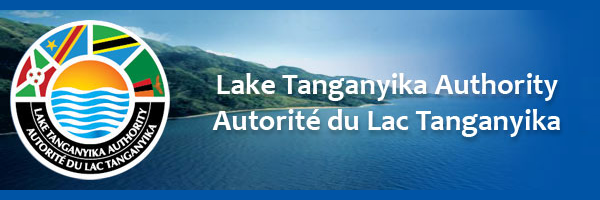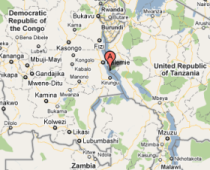Lake Tanganyika and the Greater Mahale Ecosystem
Lake Tanganyika holds nearly as much water as all the U.S. Great Lakes combined—an impressive 17 percent of the world’s available freshwater—and is home to over 250 species of fish found nowhere else in the world. An amazing ecological system, this “inland ocean” forms the western boundary of Tanzania’s Greater Mahale Ecosystem (GME - see map below), which is a 4.8-million-acre forested landscape that is home to approximately 93 percent of Tanzania’s 2,800 endangered chimpanzees.
In this remote region, access to education, health services and viable markets is lacking and most families must survive on less than $150 each year. The majority of people derive their livelihoods from nature as small-scale farmers and fishers. In fact, a recent survey conducted by Nature Conservancy social scientists concluded that 95% of GME households earn income from farming. Therefore, healthy and productive ecosystems are critical to sustaining people’s health and livelihoods in this area.
At 4.8%, population growth rates in the GME are some of Tanzania’s highest. Rapidly growing village populations are left with little choice but to expand their settlements and farms into the wild lands and clear forest and woodland for agriculture, fuel and timber. Steep hillsides are haphazardly farmed and the run-off, heavy with sediment, fills coastal zones and pushes near-shore fishery production—the source of 40% of the protein for local families—into decline. The area’s deforestation rate (currently at 11%) only stands to increase as the human population grows. Without protection, this valuable ecosystem, and the people who rely on its resources, will remain quite vulnerable.
Source : The Nature Conservancy
Document Actions













